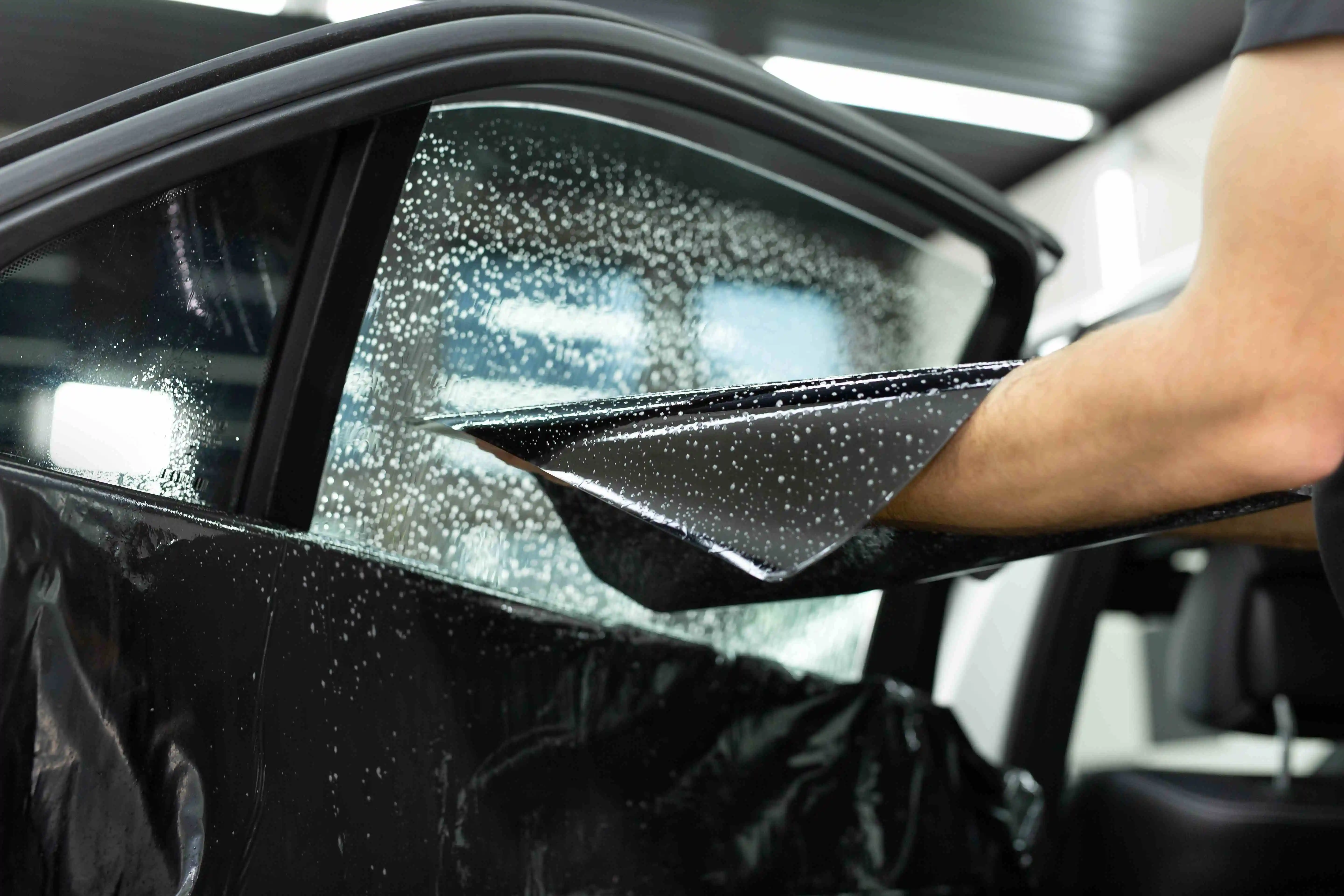Automobile Window Tinting: Enhance Your Car's Design and Personal privacy
Wiki Article
Window Tinting Regulations and Standards: What You Required to Know Before Tinting Your Vehicle
Before continuing with home window tinting for your car, it is crucial to familiarize on your own with the varied regulations and standards that regulate this method throughout various states. These policies determine the permissible levels of color darkness, often determined by visible light transmission (VLT) percentages, and include specific terms for front windscreens intended at ensuring road safety.Summary of Home Window Tinting Laws
Home window tinting laws are regularly subject to variant across various jurisdictions, reflecting local laws and security considerations. These legislations dictate the permitted levels of color darkness and reflectiveness on automobile windows, making sure that vehicle drivers preserve sufficient exposure while also securing against unsafe UV rays and warmth.A lot of guidelines classify window tinting based upon the Visible Light Transmission (VLT) percentage, which shows the amount of light that can go through the window. Normally, reduced VLT percentages signify darker tints. Laws often distinguish between the front, side, and rear windows, with stricter constraints related to the front windshield to enhance safety for both the chauffeur and various other roadway individuals.
Additionally, some jurisdictions impose restrictions on the reflectivity of the tint, stopping extreme glare that could impair exposure. Exceptions to these legislations may exist for people with details clinical conditions requiring added sun security. Conformity with window tinting laws is vital, as offenses can result in fines, required elimination of the color, and prospective rises in insurance policy costs. It is important for vehicle proprietors to acquaint themselves with neighborhood regulations prior to continuing with window tinting installments.
State-by-State Color Laws
Comprehending the particular home window tinting guidelines in each state is crucial for vehicle owners looking for to abide by the law. Each state in the U.S. has actually established its very own collection of regulations controling window tinting, which can vary significantly. These regulations often determine the permitted degrees of tint darkness, the kinds of home windows that can be tinted, and any medical exceptions that may apply.As an example, states like California have stringent restrictions on color darkness for front home windows, while others, such as New Mexico, may enable darker tints. Additionally, particular states mandate specific presence percentages for different home windows, consisting of the windscreen, front side windows, and rear windows. It is essential for auto owners to acquaint themselves with their state's regulations to stay clear of possible fines or fines.
Moreover, some states may need an accreditation sticker label to be put on colored windows, showing compliance with state regulations. Failure to abide by these guidelines not only takes the chance of legal consequences however can also affect safety and exposure while driving. As a result, lorry proprietors ought to conduct complete study or speak with local authorities to make sure complete understanding and conformity with state-by-state tint regulations.
Allowed Tint Kinds and degrees
Numerous car proprietors might be stunned to learn that enabled color levels and types differ widely across various states. Each state has developed its very own policies regarding the acceptable darkness and reflectivity of window tint, often measured by Visible Light Transmission (VLT) percentages. VLT describes the quantity of light that can travel through the tinted windows; thus, a lower percent shows a darker color.
In addition, the kinds of tint materials allowed can vary, with some states banning metal or mirror-like finishes. It is vital for lorry proprietors to familiarize themselves with their state's details regulations to ensure compliance. Non-compliance can result in penalties, required elimination of the color, or various other legal repercussions, making it critical to understand these guidelines prior to waging installation.
Medical Exemptions for Tinting
While not all states give allowances for clinical exceptions regarding window tinting, those that do recognize the necessity for certain individuals to boost exposure and comfort because of medical problems. Numerous medical conditions, such as lupus, skin cancer, and certain eye disorders, can provide people particularly sensitive to sunshine. As a result, these people may call for darker colors to secure themselves from damaging UV rays and glow.
It is important to note that despite having a clinical exemption, there might still be restrictions on the degree of tint enabled. Compliance with state laws guarantees that people are both secured and within lawful limits. Those taking into consideration medical exceptions must call their regional Department of Motor Autos or equal authority to recognize the treatments and needs essential to apply for an exemption properly.
Penalties for Non-Compliance
Falling short to abide by window tinting laws can cause considerable fines, which differ by state. Police are empowered to release citations for lorries that do not follow the defined tinting guidelines. These penalties usually consist of fines, which can vary from moderate total up to numerous hundred dollars, relying on the extent of the infraction and the state in concern.In some territories, repeated offenses may result in escalating penalties or added penalties, such as obligatory court looks. Non-compliance may require the removal of unlawful tinting, often at the owner's expenditure. In extreme instances, habitual transgressors may deal with suspension site link of their automobile enrollment till compliance is attained.
Furthermore, insurance coverage implications may emerge from obtaining several citations for window color infractions. Insurance companies may watch such offenses as an indication of riskier behavior, possibly resulting in increased costs or problem in insurance coverage.
To avoid these penalties, it is my latest blog post crucial for car proprietors to familiarize themselves with their regional window tinting regulations and make sure that their lorry complies (Window Tinting). This aggressive strategy not just stays clear of legal ramifications yet likewise advertises road security
Conclusion

A lot of laws classify home window tinting based on the Visible Light Transmission (VLT) portion, which indicates the quantity of light that can pass with the home window. Conformity with window tinting laws is important, as offenses can result in fines, mandatory elimination of the tint, and possible boosts in insurance premiums.Comprehending the details home window tinting guidelines in each state is important for lorry proprietors looking for to conform with the legislation. These laws commonly dictate the allowable degrees of color darkness, the kinds of home windows that can be tinted, and any clinical exceptions that might apply.
For circumstances, states like California have rigorous limitations on color darkness for front windows, while others, such as New Mexico, might allow darker colors.
Report this wiki page